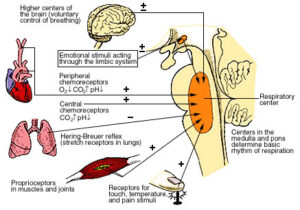In a recent paper that spawned news articles and blogs worldwide, researchers announced the generation of human embryos that could produce stem cells. The announcement marks another step in the use of stem cells to treat a number of disorders, including diabetes, cancer, and neurodegenerative disease.
In a recent paper that spawned news articles and blogs worldwide, researchers announced the generation of human embryos that could produce stem cells. The announcement marks another step in the use of stem cells to treat a number of disorders, including diabetes, cancer, and neurodegenerative disease. But while this research, conducted by Dieter Egli, Scott Noggle, and their colleagues at the New York Stem Cell Foundation, holds much promise, it also demonstrates the daunting obstacles that block the path to stem cell therapy.
The biggest technical obstacle to stem cell therapy has been generating and isolating enough early-stage stem cells. It is these cells that have the greatest developmental potential because they can most readily differentiate into a mature cell that, in turn, could be used for cell therapy and regenerative medicine.
The discovery that adult cells could be “reprogrammed” into inducible pluripotent stem cells (iPSC) offered promises of stem cell therapy while sidestepping ethical issues arising from embryonic stem cell therapies. However, iPSCs presented technical issues that so far preclude their therapeutic potential. Bone marrow, cord blood, and adipose tissue also produce stem cells, but on an extremely limited basis.
So embryonic stem cells remain the “gold standard” (although iPSCs could still become the predominant technology). In their work, Egli and Noggle produced 13 embryos by transferring nuclei from the skin cells of diabetic patients into human eggs. These eggs surpassed previous attempts at human stem cell production; they could reach the 100-cell blastocyst stage (the earlier attempts never got past 10). What was the difference? The group transferred a diploid nucleus (from the somatic cell) into an oocyte that still had its haploid genome. Now, the cells could differentiate. But they did so with a triploid genome, a result that blocks their suitability for therapeutic use.
Some scientists feel this is an insurmountable obstacle. Others think that too many oocytes are needed to produce one viable stem-cell producing embryo (Egli and Noggin’s work needed 270 eggs to produce 13 embryos).
Clearly, cell therapy is becoming an important part of the pharmaceutical landscape, and the technical hurdles cleared by this research are impressive. But can the remaining issues be resolved? Can we ever get enough oocytes for therapeutic use? Will we ever be able to guide embryonic stem cell differentiation sufficiently to create every one of the approximately 230 cell types that make up the human body? Or will advances in iPSC research surprise us (as they have in the past)? Share your thoughts with us – we’d love to hear them.
This post was originally published on the Popper and Co Blog.






